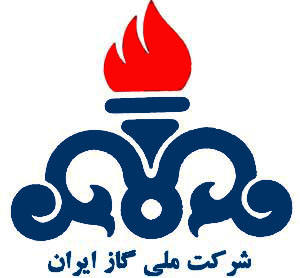November 22-2013
The state-owned National Iranian Gas Co. (NIGC) has declared bankruptcy, sinking under more than 100 trillion rials ($3.3 billion) of debt, Chief Executive Officer Hamid-Reza Araghi has announced.

He failed to be specific. But after subsidies were removed from natural gas sales in December 2010, many homeowners found they were paying seven times more for gas and simply ceased paying their bills.
In April 2011, then-Deputy Oil Minister Javad Oji, who headed the now-bankrupt gas company, told the Donya-e Eqtesad (Economic World) daily that some 30 percent of households had stopped paying their bills.
After that acknowledge-ment, the government simply turned silent about the bill-payment problem. It didn’t demand payment or threaten fines or a cutoff of the gas supply. It just turned silent.
Some speculated at the time that that would simply encourage others to stop paying their gas bills. Several countries have faced the problem of mass refusals to pay state utility companies.
Since the government has stayed mum on the problem, it isn’t known how many people are failing to pay their bills now and if that is what caused the gas company to go bankrupt.
Gasoline prices were also hiked four-fold at the same time. But since gasoline must be paid for at the pump, drivers could not avoid paying the new and higher rates. Gasoline is also not as fundamental as natural gas, which is widely used to heat homes across Iran.
However, there is presumably much room for conservation. According to official figures reported in the media, the 75 million Iranians use as much natural gas as the 500 million people who live in the European Union. But it isn’t known how much gas is simply used wastefully in Iran because it has been so cheap and how much is lost through a leaky pipe distribution system.
Before subsidies were removed, Iranian families paid 100 rials per cubic meter of natural gas or about 1 cent. In the United States, the price of natural gas varies widely by region and season. The average wholesale price in the first decade of this century ranged from 20 cents to $1.50 per cubic meter, but was mostly in the range of 40 cents to $1.
After the removal of subsidies, the base price for gas in Iran rose to 700 rials per cubic meter. With the collapse of the rial, that gas is now worth about 2.3 cents, assuming the free market exchange rate of 30,000 rials to the dollar. Thus, even if every family paid its gas bill, the gas company would presumably not be covering its costs.
The global sanctions on Iran do not directly impact what has happened to the gas company, but may have an indirect impact. The bill-paying boycott began long before the major sanctions were imposed in mid-2012, and the sanctions don’t impact the supply of natural gas to Iranian households.
However, the sanctions have halted most foreign investment in Iran’s gasfield development projects, thus restricting Iran’s ability to pump more gas for export. If the gas company had been able to export more, it could have used those profits to cover its losses on domestic gas sales and stayed afloat longer.
Araghi told Mehr that gas company officials are working with the Oil Ministry and lawmakers to restructure the debt and to find new sources of revenue. However, the gas company was presumably looking for new sources of revenue long before this juncture.
